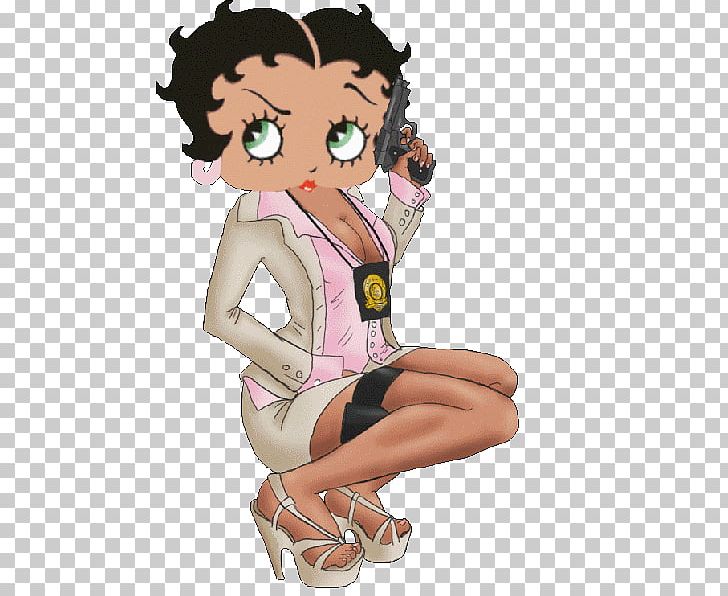
The Red Seal Company committed to an ambitious release schedule of 26 films with The Inkwell Studio as the primary supplier. Because the Out of the Inkwell films were a major part of the program in Riesenfeld's theaters, the Fleischers were invited to become partners. Riesenfeld was the theatrical manager of the Strand, Rivoli, and Rialto theaters on Broadway. In 1924, distributor Edwin Miles Fadiman and Hugo Riesenfeld formed the Red Seal Pictures Corporation. Other innovations included Ko-Ko Song Car-Tunes and sing-along shorts (featuring the famous " bouncing ball"), a precursor to karaoke. These innovations include the "Rotograph", an early "Aerial Image" photographic process for compositing animation with live action backgrounds. Throughout the 1920s, Fleischer was one of the leading producers of animation with clever moments and numerous innovations. In addition, Huemer created Ko-Ko's companion, Fitz the Dog, who would evolve into Bimbo in 1930. In addition to defining the clown, Huemer established the Fleischer style with its distinctive thick and thin ink lines. Huemer's new design and experience as an animator moved them away from their dependency on the rotoscope for fluid animation. In 1924, animator, Dick Huemer came to the Out of the Inkwell Films studio and redesigned "The Clown" for more efficient animation. The Fleischer Brothers left and began their own studio Out of the Inkwell Films with Dave Fleischer as director and production supervisor, and Max as producer, at 129 East 45th Street, later to 1600 Broadway, Times Square, midtown Manhattan, New York City. In 1921, The Bray Studio ran afoul with legal issues, having contracted for more films than it could deliver to its distributor, Goldwyn Pictures. They featured Fleischer's first character, "The Clown," which became known as Ko-Ko the Clown in 1924. The first Out of the Inkwell films were produced through The Bray Studio.

The novelty was based largely on the results of the " rotoscope", invented by Fleischer to produce realistic animation.
Catoon artist betty boop original series#
The Fleischer Studio was built on Max Fleischer's novelty film series Out of the Inkwell (1919–1927). Furthermore, the environments were grittier and urban, often set in squalid surroundings, reflecting the Great Depression as well as German Expressionism. This approach focused on surrealism, dark humor, adult psychological elements, and sexuality. As a result, they were rough rather than refined and consciously artistic rather than commercial, but in their unique way, their artistry was expressed through a culmination of the arts and sciences. The cartoons of the Fleischer Studio were very different from those of Disney, both in concept and in execution. Unlike other studios, whose characters were anthropomorphic animals, the Fleischers' most successful characters were humans (with the exception of Bimbo, a black-and-white cartoon dog).


Today the company is again family owned and oversees the licensing and merchandising for its characters.įleischer Studios included Out of the Inkwell and Talkartoons characters like, Koko the Clown, Betty Boop, Bimbo, Popeye the Sailor, and the comic character Superman. In its prime, Fleischer Studios was a premier producer of animated cartoons for theaters, with Walt Disney Productions being its chief competitor in the 1930s. (1929–1938)Īnimated short subjects and feature filmsįleischer Studios ( / ˈ f l aɪ ʃ ər/) was an American animation studio founded in 1929 by brothers Max and Dave Fleischer, who ran the pioneering company from its inception until its acquisition by Paramount Pictures, the parent company and the distributor of its films. and DC Entertainment)īroadway, New York City, New York, U.S. (fully owned subsidiary of Paramount Pictures, renamed to Paramount Cartoon Studios in 1956) Renamed and reorganized as Famous Studios after its acquisition by Paramount Pictures and the resignation of its founders. JSTOR ( December 2009) ( Learn how and when to remove this template message).Unsourced material may be challenged and removed.įind sources: "Fleischer Studios" – news Please help improve this article by adding citations to reliable sources. This article needs additional citations for verification.


 0 kommentar(er)
0 kommentar(er)
